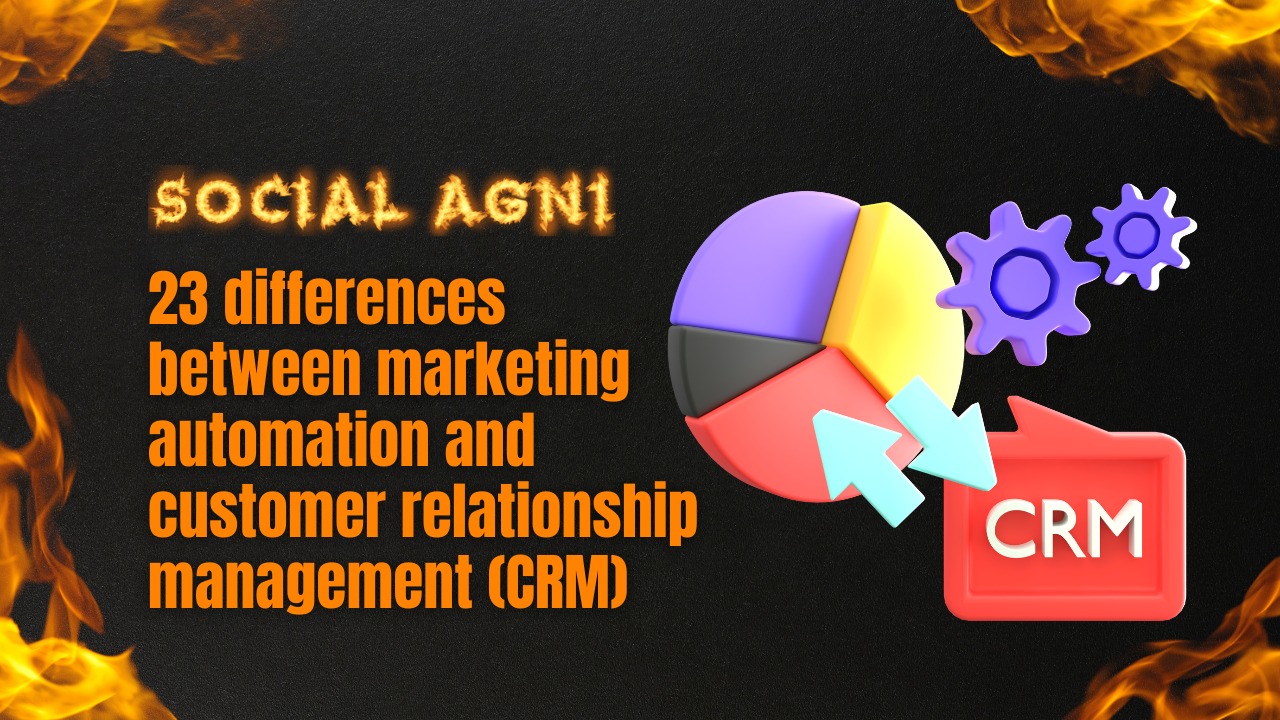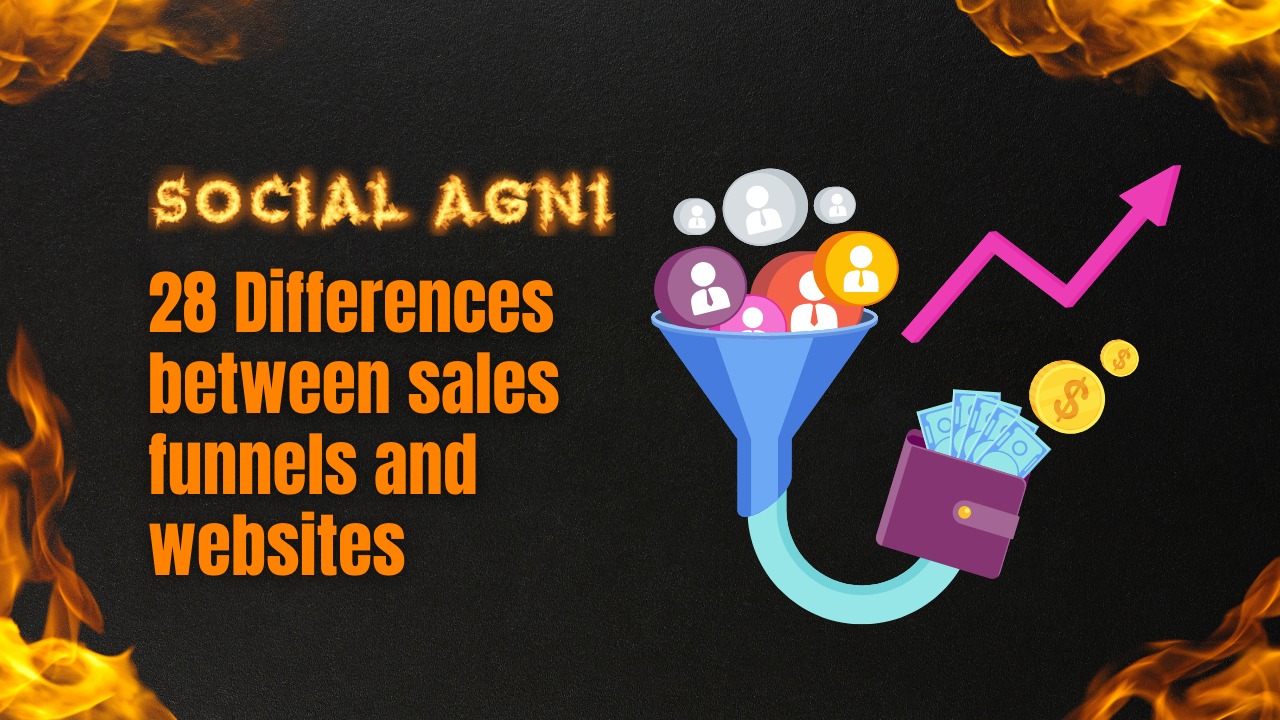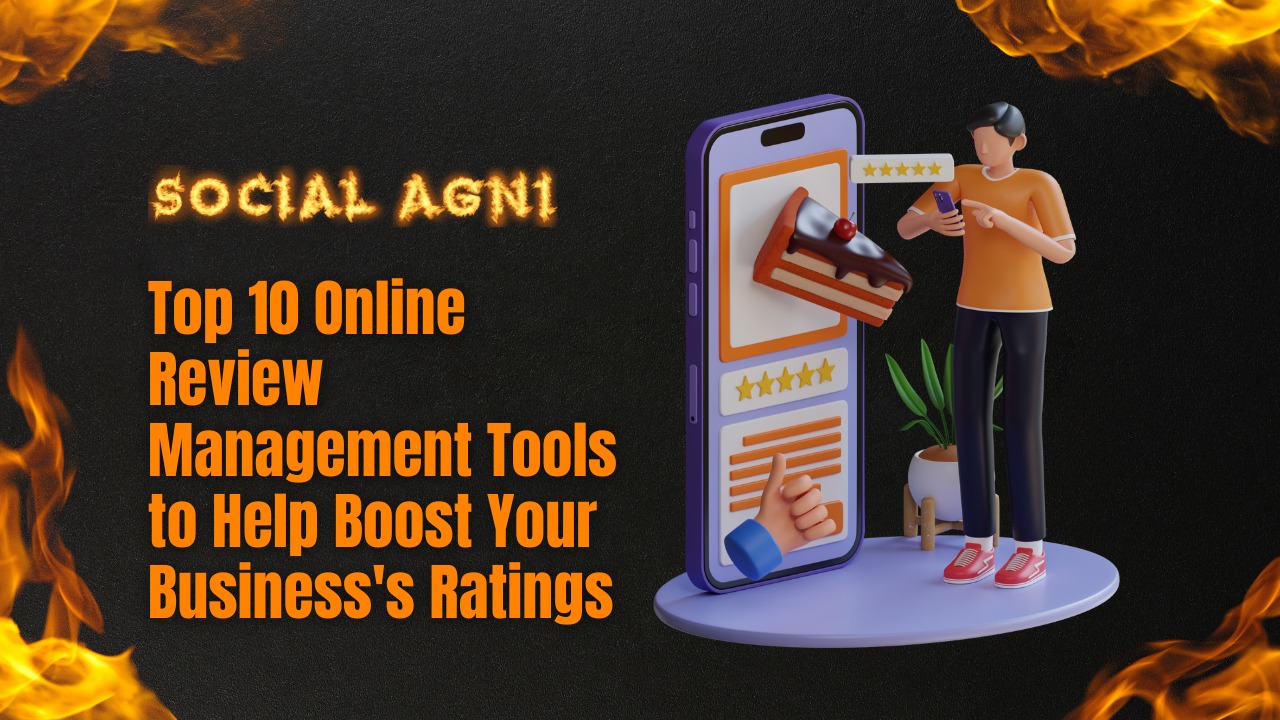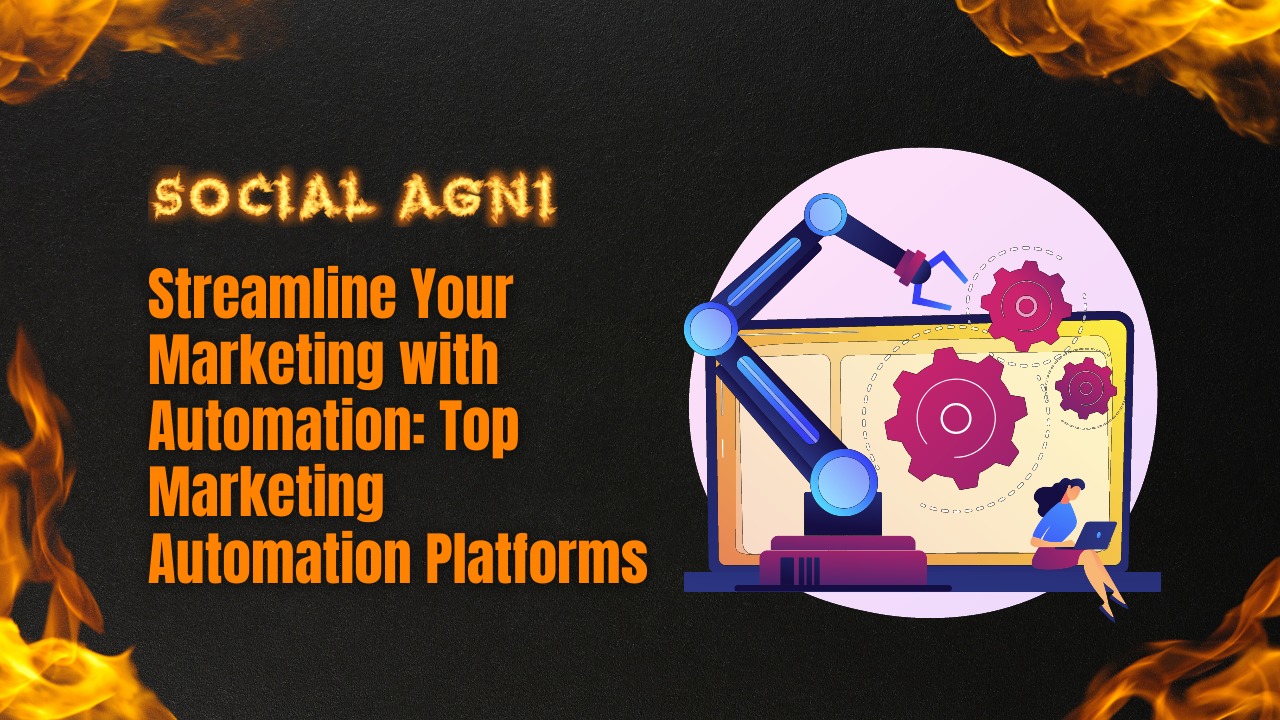Digital marketing strategies need SEO. Keywords are vital to SEO. Keywords are terms or phrases used in search engines like Google to find information, commodities, and services. SEO optimizes your website for relevant keywords to rank high in search engine results pages (SERPs). How do you make your website stand out in search results when there are millions? Long-tail keywords help here. Long-tail keywords are three-word phrases with extra information. Short-tail keywords are broader and less specialized than long-tail keywords.
“Shoes” is a short-tail keyword for shoe sellers. Despite its high traffic, it doesn’t attract shoppers shopping for “running shoes for women with flat feetLong-tail keywords target specialized audiences with distinct needs. This post compares long-tail keywords versus short-tail keywords and discusses how they might boost SEO. Long-tail keywords will also be discussed. Long-tail keywords increase traffic, modifications, and PPC CPC.
Understanding Long-Tail Keywords:
You can attract clients who are really interested in what you have to offer if you restrict your focus. The advantage of long-tail keywords being less competitive than their shorter counterparts is another benefit. Long-tail keywords are thus a wise choice for new businesses and firms with limited marketing resources that are just starting with search engine optimization.
Long-tail keywords offer far more specific information than their shorter equivalents. The additional context they provide about the information, good, or service helps users locate what they’re searching for more easily. Long-tail keywords are therefore better at luring buyers who are farther along in the purchasing process.
Generally speaking, long-tail keywords can increase the success of your SEO campaigns. By concentrating on a smaller audience, you may increase your website’s conversion rate and position better in search engine results.
The Benefits of Long-Tail Keywords:
There are many reasons for using long-tail keywords that will provide benefits to our company
- Long-tail keywords have a higher conversion rate since they bring in people who are already interested in your subject matter, goods, or services. The result is an increase in the proportion of your site’s visitors who take some action.
- Long-tail keywords are simpler to rank for since there is less competition for them than there is for short-tail keywords. If you do this, search engines will reward you with higher placements and more traffic.
- Higher conversion rates: Long-tail keywords draw visitors who are further along in the buying process and are more likely to purchase because they are more specialized. For your business, this may result in improved conversion rates and more sales.
- In PPC advertising, long-tail keywords often cost less to bid on, which can lead to a greater return on investment (ROI).
- Users have a better chance of finding the exact information, product, or service they seek when you employ long-tail keywords since they give more particular information.
- Long-tail keywords assist in narrowing down your content’s target audience, which improves its effectiveness. You might notice an improvement in the caliber of search engine visits to your website as a result.
In sum, using long-tail keywords has several advantages that may help you boost your SEO and bring in qualified visitors. How to research and identify relevant long-tail keywords for your website is the topic of the following section.
Long-tail keywords, in general, may prove useful for search engine optimization. By narrowing down on a certain demographic and employing more niche-specific terminology, you may potentially increase targeted traffic, conversion rates, and search engine rankings. In the next part, we’ll discuss how to locate long-tail keywords and work them into your SEO plan.
How to Find Long-Tail Keywords:
Finding the most effective long-tail keywords requires some digging and study. The following methods may be used to identify and prioritize long-tail keywords for your SEO campaign:
- Create a list of potential long-tail keywords that are related to your brand, service, or business to get the creative juices flowing. Think about your niche, customer tastes, and trending search phrases to generate a list of possible keywords.
- Google’s Keyword Planner, Ahrefs, and SEMrush are just a few of the keyword research tools you may use to uncover valuable long-tail keywords related to your industry or problem. Using these resources, you can gain valuable insight into the popularity, competition, and relatedness of individual terms.
- Reviews, comments, and questions from consumers may be mined for long-tail keywords that speak to your target audience’s needs and interests. Search for frequently used terms, questions, or issues that your customers have.
- Find the long-tail keywords your competitors use by analyzing their websites and content. Try to find openings that you can fill with content that addresses the same keywords from a different angle or with more value.
- Google’s Autocomplete and Related Searches might inspire long-tail keywords. These programs propose long-tail keywords based on Google search patterns and are beneficial.
- Prioritize your long-tail keywords by relevance, search volume, and competitiveness. Pay close attention to the keywords that people are using to find you online since they are the ones most likely to convert into paying customers.
To boost page performance for targeted terms, use long-tail keywords in content, meta tags, and headers. Create content that answers search engine queries. This will increase conversions, quality visits, and rankings.
Implementing Long-Tail Keywords into Your SEO Strategy:
You may begin implementing your SEO plan after you have a list of applicable long-tail keywords. Here are a few options to consider.
- Consider your audience’s demands and search patterns while creating valuable content. Incorporate long-tail keywords naturally.
- Add long-tail keywords to the page’s title, meta description, and header tags for SEO. This will help search engines rank your site and identify its relevancy.
- Link your articles using anchor text comprised of long-tail keywords. By doing so, you’ll help search engines better understand your site’s content and improve its overall authority and relevancy.
- Make use of long-tail keywords in the anchor text when making external connections to your material on other websites. This will increase your site’s credibility and visibility in search engines.
- Check and adjust: Monitor your website’s performance in search engines and make adjustments as needed. Check your keyword positions, organic traffic, and conversion rates frequently to identify areas for development.
Finally, if you want to increase conversion rates, get more targeted traffic, and rank higher in search engine results, you need to incorporate long-tail keywords into your SEO strategy. Long-term success with SEO may be attained by creating high-quality content that emphasizes certain long-tail keywords, tweaking your meta tags and headlines, building internal and external links, and monitoring your website’s performance.
Conclusion:
To sum up, long-tail keywords are crucial to a successful search engine optimization campaign. Companies may boost their search engine rankings, site traffic, and conversion rates by optimizing for these unique, niche search phrases. Long-tail keywords are useful since they reveal more about your audience’s wants, requirements, and interests. You may increase your website’s authority and relevance, as well as attract more qualified visitors, by using long-tail keywords in your content, meta tags, headers, and a link-building plan. Long-tail keywords, if properly researched, analyzed, and implemented, maybe a boon to the online presence of companies of all sizes and in all sectors.
Frequently Asked Questions (FAQs)
1. The extent of long-tail keywords in SEO, and what just is, examined.
The extent of long-tail keywords in SEO, and what just is, examined.
2. Why is it that long-tail search terms are more logical than short-tail ones?
Long-tail keywords are precise, niche-specific search phrases longer than three words as opposed to short-tail keywords, which are broad and generic search terms of one or two words. Compared to shorter keywords, long-tail ones are less competitive and more narrowly targeted.
3. What kinds of long-tail keywords ought to be my main focus for my business?
Using brainstorming techniques, keyword research tools, customer feedback analysis, rival website evaluations, Google Autocomplete, and Related Searches, you can identify long-tail keywords for your business.
4.How do I prioritize the long-tail keywords to use?
Depending on factors like relevancy, search traffic, and competitiveness, long-tail keywords should be given top billing. Pay close attention to the keywords that people are using to find you online since they are the ones most likely to convert into paying customers.
5. How can I effectively utilize long-tail keywords in my writing?
Long-tail keywords should be worked into the content naturally, rather than crammed in. Make use of them throughout the main content, in meta tags, and in headings and subheadings.
6.To what extent should I use long-tail keywords on how many pages?
There is no magic number of long-tail keywords that should be featured on each page. Focus on making useful content for your target audience, and naturally work in some relevant long-tail keywords.
7. Can hurt my SEO by overusing long-tail keywords?
Your SEO will suffer if you use too many long-tail keywords. Keyword stuffing can trigger Google’s spam filters, resulting in penalties or worse search engine rankings. Never prioritize keyword density over providing useful information to your audience.
8. Is it OK to use the same long-tail keywords on many pages?
Using the same long-tail keywords across numerous sites is OK as long as the content on each is distinct and beneficial to the target audience.
9. How long do you have to wait for results when utilizing long-tail keywords?
Long-tail keyword usage may take many weeks to show results. SEO demands regular effort, patience, and close monitoring since it is persistent.
10. How can I effectively track the effectiveness of my long-tail keywords?
Tools like Google Analytics and Google Search Console, as well as third-party SEO software, can monitor how well your long-tail keywords perform. Check your keyword positions, organic traffic, and conversion rates frequently to identify areas for development.
References:




















